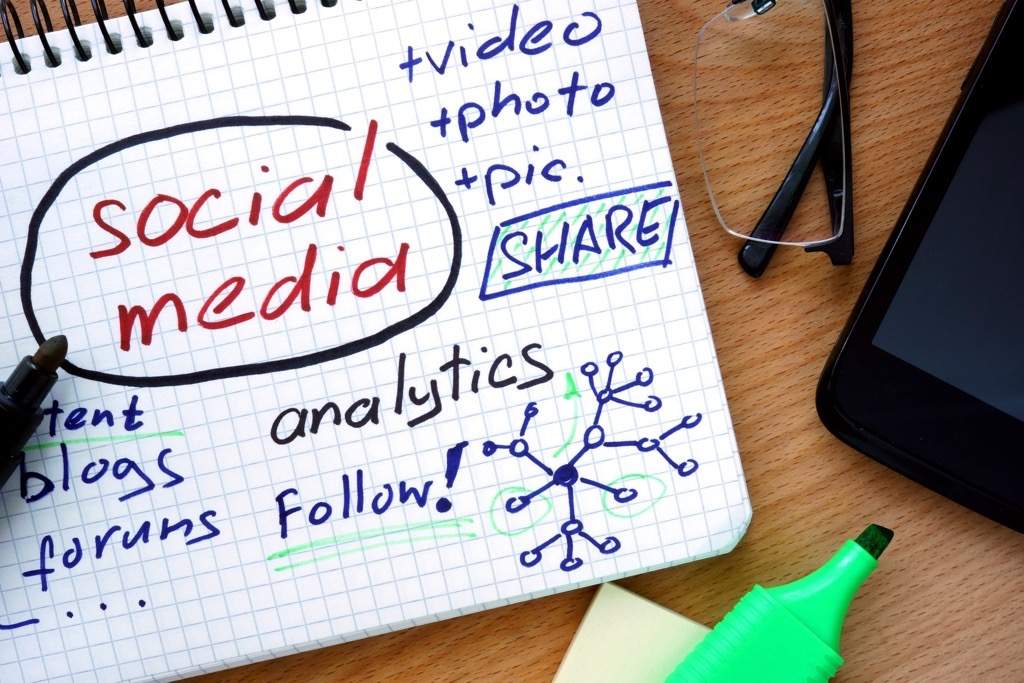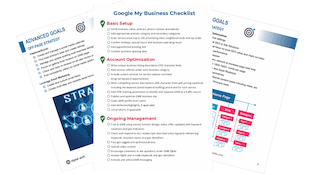How to Generate (and Convert) Leads with Social Selling

When mastered, using social selling to generate and convert leads can be the most powerful tool in your arsenal. Read on for how to make the most of social.
Social Selling is the future of sales. With the rise of the internet and social media, consumers have more avenues for research and information than ever before.
Customers no longer go to salespeople to learn about products they're interested in. They do the research themselves and go to salespeople only for the final purchase.
With this massive dynamic shift, salespeople have to find new ways of positioning themselves in the decision-making process.
We're going to discuss what your goals should be with social selling, the metrics by which you can track your success, and some tools you can use to help you achieve those goals.
Build an Online Presence
One of the most important aspects of using social media for businesses is establishing your company as an authoritative source in your industry.
Be sure to share current news stories that relate to your business or industry and start a conversation with your customers by commenting on it or asking questions. Remember: sales always come down to a conversation with your customer, and social selling moves that conversation to a wider audience online.
Be sure to monitor the conversations online to understand what customers are saying about your brand or industry. This process is called "social listening" and it is an important step in understanding what your customers want from you.
Initial Customer Acquisition
There are 1.96 billion people worldwide on social media, and that's expected to grow to almost 3 billion by the year 2020. 70% of marketers have acquired new customers through Facebook. 65% have acquired customers through LinkedIn. Marketers with a Twitter account generate double the number of leads than those who don't.
Social media isn't just a selling tool. It's potentially the most effective weapon in your marketing arsenal if you use it right.
Join the Conversation
To generate your initial leads, you need to make your company active in the conversation. Go to industry-relevant Facebook pages or Twitter accounts, and comment on current events.
This isn't the place to try to make a sale. Just establish your authority and expertise in the industry. Social media allows for a very low-pressure environment for your potential customers, so your goal in this phase is just to generate interest in your business.
Don't forget to link to your own social media pages or your website. Start inviting people who have expressed interest to a Facebook group.
Building Your Email List
An email list is a powerful marketing tool because you can instantly send out company news, promotions, or products to every person who has signed up, and you have a ready-made database of people who are interested in your business.
At least 91% of consumers check their email every day so you should start your email list on day 1.
If you're looking to get the most out of your email strategy, there are many resources like InfusionSoft and AWeber that are designed to generate more leads and improve your email marketing.
Customers Need Incentives
For a customer to be willing to give their email (or any other personal information), they have to feel as though they're receiving something equally valuable in return.
This could be access to free resources, helpful tips related to your industry, or "inside information" through your emails.
Optimized Landing Page
A landing page is the first thing your potential customer will see when they're linked to your website, so you should have it optimized to immediately offer an incentive in exchange for their email address.
After their email, you can either request more information to build a more detailed customer profile or send them to a friendly "thank you" page for signing up.
OptimizePress can be a powerful tool in creating high-conversion landing pages in less than 15 minutes. They also offer to create and customize authority blog sites, membership portals, and launch funnels.
Cross-selling and Upselling
Email lists are also a valuable asset for cross-selling and upselling to increase buyer frequency. If you're staying involved in your social media campaign, you can determine which kinds of products and services a customer is interested in and use that information to cross-sell similar products.
Upselling is best saved for customers who have already made a transaction.
For example, if your company has made hotel reservations for a customer, you can upsell them after the initial booking with car rental services, entertainment packages, or other related amenities.
This can be tricky territory because you don't want to push too hard and scare a customer away. Remember that social selling is inbound digital marketing, which means the customer comes to you. Social Media is designed to make your job as a marketer/salesperson easier.
Increase Buyer Frequency
Many businesses spend the majority of their time trying to acquire new customers while forgetting to focus on their current customers.
Aside from cross-selling and upselling, sending follow-up emails to previous customers is a good way to keep your business on their radar. Simply sending a personal "thank you" could be the difference between a one-time customer and a lifelong customer.
An even better way to build loyalty is to reward it. Offer "preferred customer" discounts, bounceback offers, and loyalty programs. It's nearly impossible to walk into a store today without being offered a loyalty card and there's a reason for that. It works.
Keep Track of Your Metrics
In order to figure out what strategies work for your business and how to use them most effectively, you have to be tracking your progress with metrics.
Develop a social media campaign and commit to it for a set period of time. Keep track of how you're communicating with customers, what kind of feedback you're getting, and what social selling strategies you're focusing on.
Over the course of your campaign, track the number of new leads you've acquired for your email list, the percentage of targeted prospects that have converted to customers, and how many of those have returned for multiple purchases.
This should paint a picture of what strategies are working best and what you need to improve on.
Conclusion
Social media is the sales floor of the future and your business should be using it to its full potential.
Now that you know how to use social selling to build an online presence, acquire new customers, build your email list, increase your sales and build customer loyalty, don't let your business miss out on potential lifelong customers.
Get started with social selling today!

